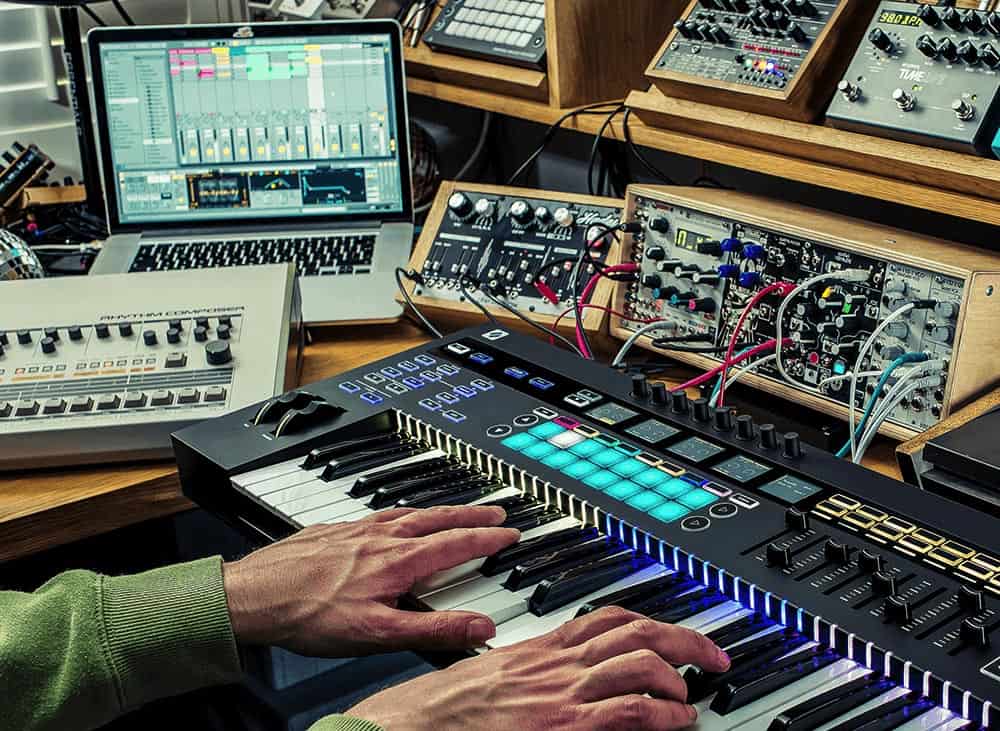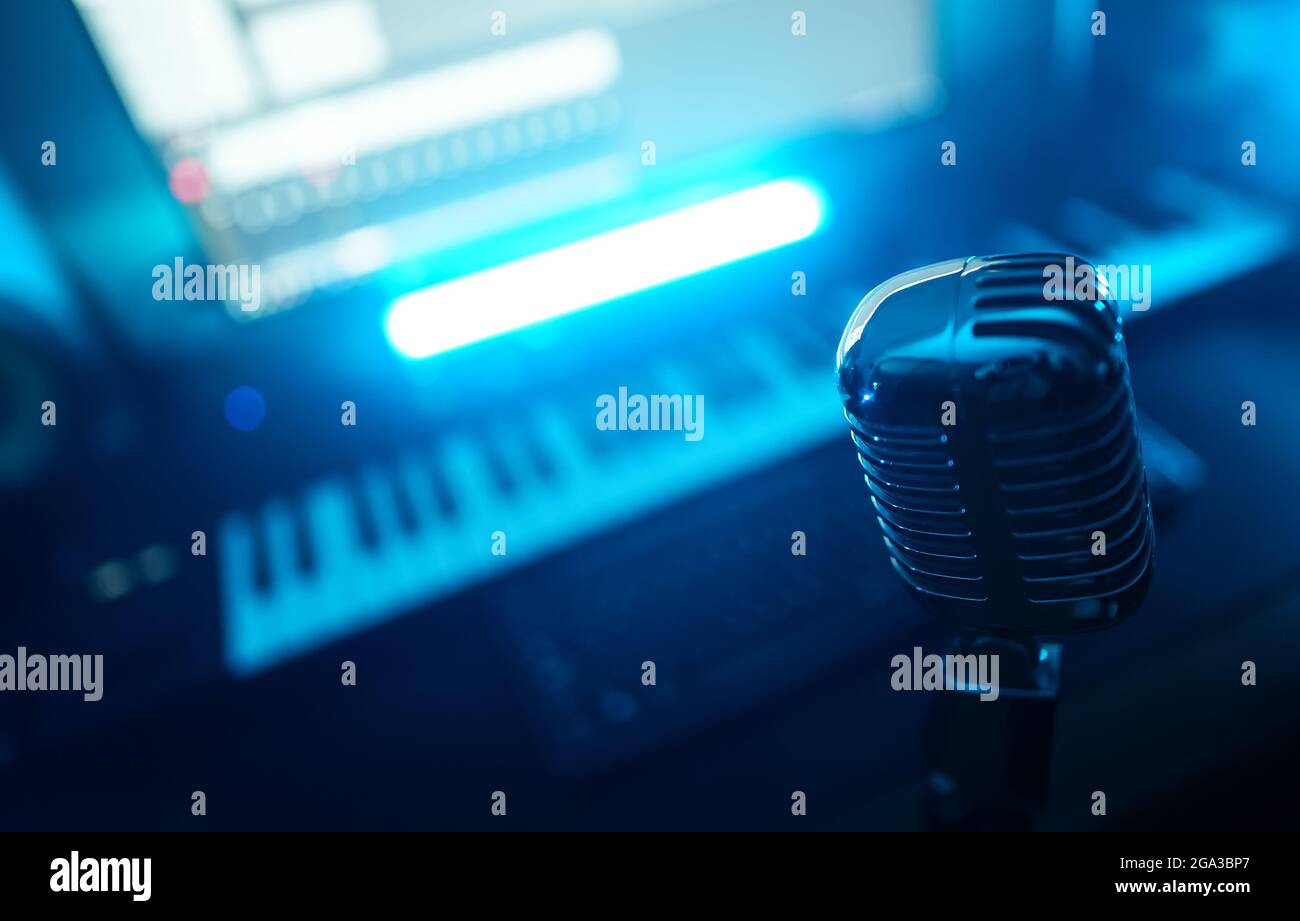

Imagine trying to enter a lengthy piano part this way. However, if you are trying to enter a full MIDI part using only the editor, this becomes incredibly time-consuming and frustrating for all but the simplest of parts. The MIDI piano roll editor is an excellent tool for making minor edits to MIDI parts. With MIDI, it is incredibly easy.Ī piano roll MIDI editor in a DAW Playing a keyboard easier than manually entering MIDI While these things are not impossible to do with audio, they are an awful lot more difficult. quarter notes, eighth notes, sixteenth notes, etc. It moves everything you played closer to being aligned with whatever timing granularity you specify e.g.

Quantising can do a similar job for the whole recorded part. With MIDI, you can just move the notes in the chord back to be on the beat. Similarly, supposing your timing was off on one chord you played in the part, and you played it too early, well ahead of the beat. With MIDI, just move the B♭ up to a B in the piano roll editor, and it’s fixed! No one is any the wiser, and it just sounds like you always played a B. Supposing you recorded a piano part and it was a great performance except for one note where you played a B♭ instead of a B. MIDI just offers so many advantages over audio… Recorded MIDI easier to edit than audio If I ever want to record a piano or other keyboard part, I always record it over MIDI using my digital piano (which is a MIDI keyboard), rather than recording the audio. Recording MIDI keyboard partsĭo you have any keyboard playing ability at all, whether that is being trained as a classical pianist, or just knowing how to play a few chords that you taught yourself? If so, a MIDI keyboard is one of the most useful items you can have in your home studio! A huge amount of work has gone into this guide! It is a complete resource to take you from never having recorded before all the way through to making your first home recording. If you are new to home recording, I highly recommend you check out my beginner’s guide to recording music at home. We’ll also see what MIDI work is made an awful lot easier with the use of a physical keyboard. Let’s take a look at what a MIDI keyboard enables you to do that you couldn’t do without it. Personally, I cannot imagine working with MIDI without using a keyboard. Parts recorded from a keyboard also avoid sounding robotic, having been played by an actual human being. Recording MIDI parts played on a keyboard is far easier than entering them in a piano roll editor or on-screen keyboard. Although strictly speaking not essential, a keyboard just makes so many things easier and more fun to do when working with MIDI.Īs a general rule, it is worth having a MIDI keyboard in your home studio. MIDI keyboards have been a part of my home studio since I first started home recording in the late 1990s.


 0 kommentar(er)
0 kommentar(er)
